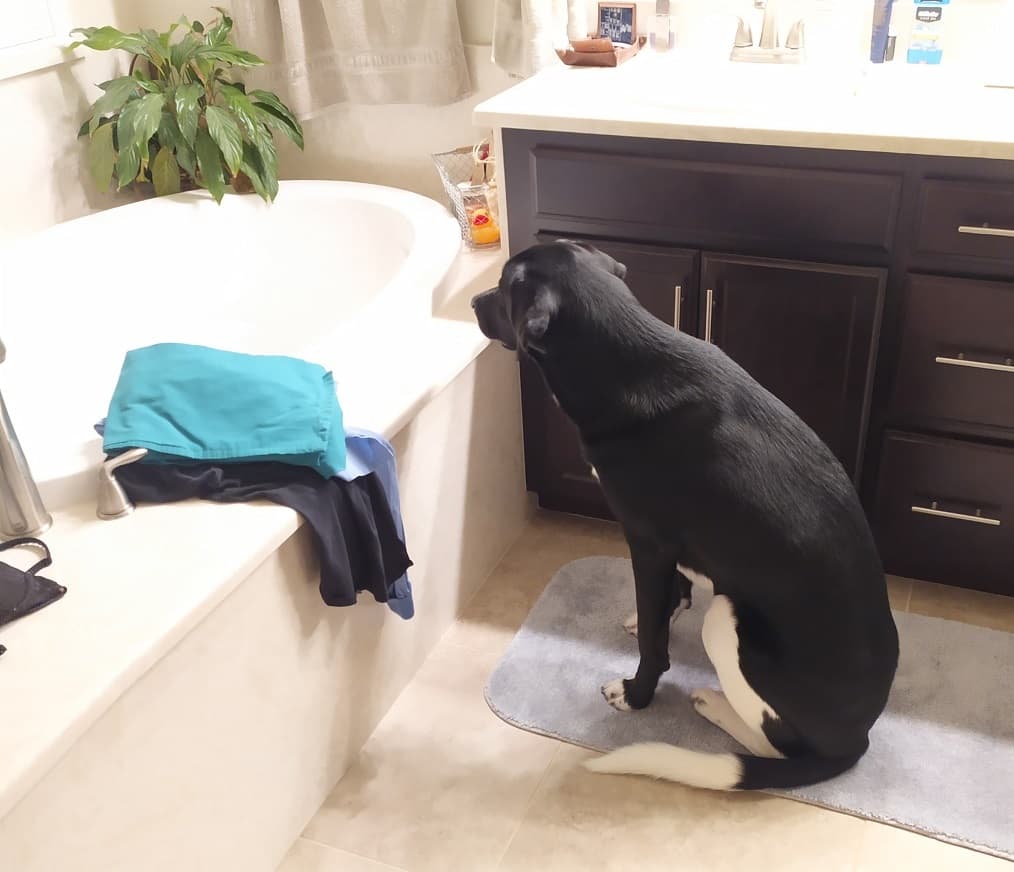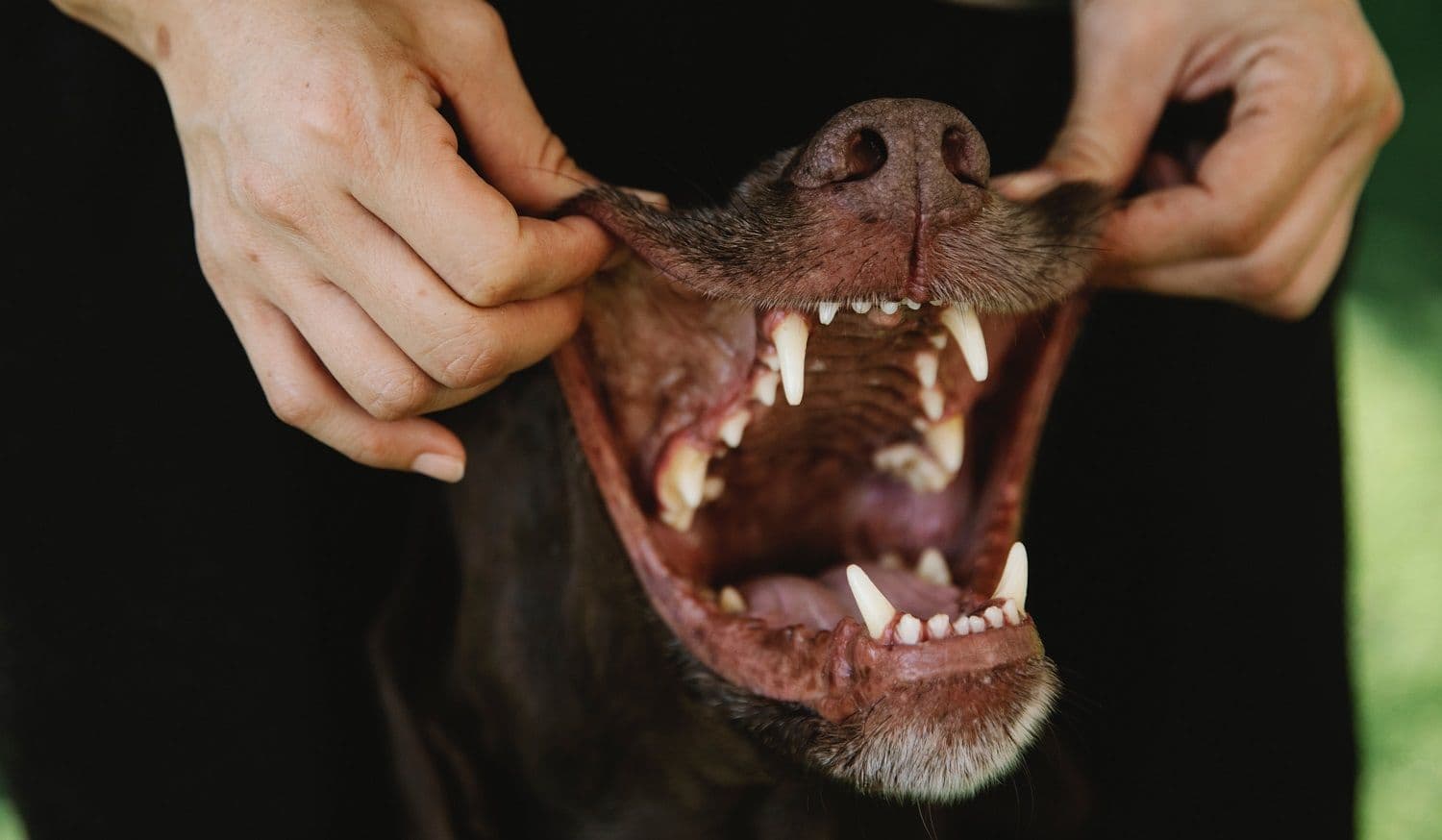Brushing Your Dog's Teeth: A Comprehensive Guide
If you're still wondering whether you should be brushing your dog’s teeth, the answer is a resounding yes. Oral cleaning in dogs is necessary to avoid bacterial plaque, which adheres to the surface of the teeth after meals and can form tartar.
The Consequences of Neglecting Oral Hygiene
Bacterial plaque and tartar can cause many oral problems such as:
- Halitosis or bad breath, due to food debris and bacteria.
- Periodontal diseases, which are divided into:
- Gingivitis: The mild form of this type of disease, which consists of an inflammation of the gums.
- Periodontitis: An inflammation around the tooth due to the advancement of bacterial plaque, which weakens the bone and, if not treated properly, causes the tooth to fall out. In very advanced inflammation, chewing can be painful and your dog may stop eating.
- Gastrointestinal diseases, such as vomiting and diarrhea, caused by continually swallowing bacterial plaque.
Cleaning your dog's teeth is the best way to keep his mouth clean and healthy. You will need a dog toothbrush (very similar to the ones we use) or a finger brush and special dog toothpaste. Make sure you don’t use human toothpaste since it can contain ingredients that are toxic to dogs. Dog toothpaste usually comes in dog-friendly flavors.
Brushing Your Dog’s Teeth
Follow these simple steps to clean your dog’s teeth:
- Get your dog used to it little by little so that it sees it as something normal and positive. Therefore, if possible, it is best to start doing it as a puppy.
- Choose the right time. For example, before or after you brush your own teeth or any other calm time without distractions.
- Choose the right spot. While trying to create a new habit, it is good to do it always in the same spot, where you and your dog are comfortable and you have good lighting.
- Start slowly. Start by rubbing your finger around its gums and teeth, then do the same but with the toothbrush. Next, let your dog taste the toothpaste and try a different flavor if your dog doesn’t like it.
- Once introduced to both toothbrush and toothpaste separately, introduce them together. Start with the upper teeth since it is easier in most cases and then the bottom teeth. Be gentle and praise your dog in the meantime.
- Reward your dog. Mostly at the beginning, it is very important to reward them for their positive behavior so they associate it with a positive experience.

Other Contributing Factors to Good Oral Health
Besides daily tooth brushing, we can also reduce or even prevent dental disease by:
- Feeding a crunchy diet.
- Giving your dog dental treats.
- Giving your dog dental toys.
- Using antiseptics that are added to their water or specific dental sprays for dogs.
Conclusion
Brush your dog’s teeth daily for good oral health and to avoid dental diseases. Be patient and take your time to make it a pleasant experience for your dog. In addition, you can use other tools such as dental treats or toys.
Although this post is focused on dogs, most pets, such as cats, would benefit from getting their teeth brushed. For more information, talk to one of our Pet Experts and get customized advice by submitting a request in our Mavyn website.
